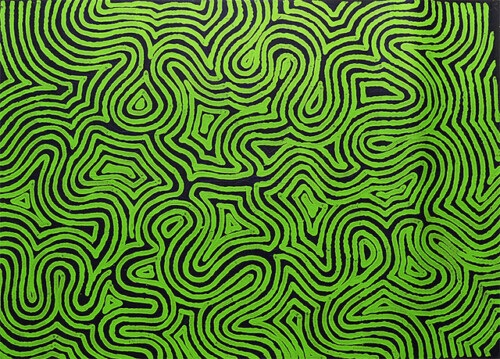WHEN the late Australian art dealer Gabrielle Pizzi was at school in the 1950s, students were taught that Aboriginal culture was of no interest. The young schoolgirl couldn’t have paid much heed to those ill-informed and unenlightened views.
She went on to become one the country’s most ardent champions of indigenous art, promoting and exhibiting it long before it became fashionable and lucrative.
Tonight, 29 works from Pizzi’s personal collection will be sold at Sotheby’s Aboriginal and Oceanic art auction in Armadale, including prime examples of Central Arnhem Land sculptures.
Three mokuy, or spirit figures, created at Milingimbi, 500 kilometres east of Darwin, in the early 1960s are among the auction highlights. These carved wooden figures, decorated by natural earth pigments, are among the finest and largest mokuys in existence, says Sotheby’s outgoing head of Aboriginal art, Tim Klingender.
”They are exceptionally fine examples artistically, but what’s most remarkable is the size of them,” Mr Klingender says. ”Gabrielle really had a fantastic eye for indigenous sculpture.”
Each mokuy, one by an unknown artist and two by the late Lipundja, is expected to sell for up to $100,000 tonight.
Pizzi, the granddaughter of businessman John Wren, died in 2004, aged 63.
Other sculptures from Pizzi’s collection include five mimi spirits from Western Arnhem Land; a small and evocative white-breasted sea eagle which is almost modernist in its simplicity, also from Milingimbi; and a fabulously naive and jaunty camp dog, which Mr Klingender recently learnt was made by the late Edwin Koomeeta, an artist from Aurukun, on the north-west coast of Cape York Peninsula.

